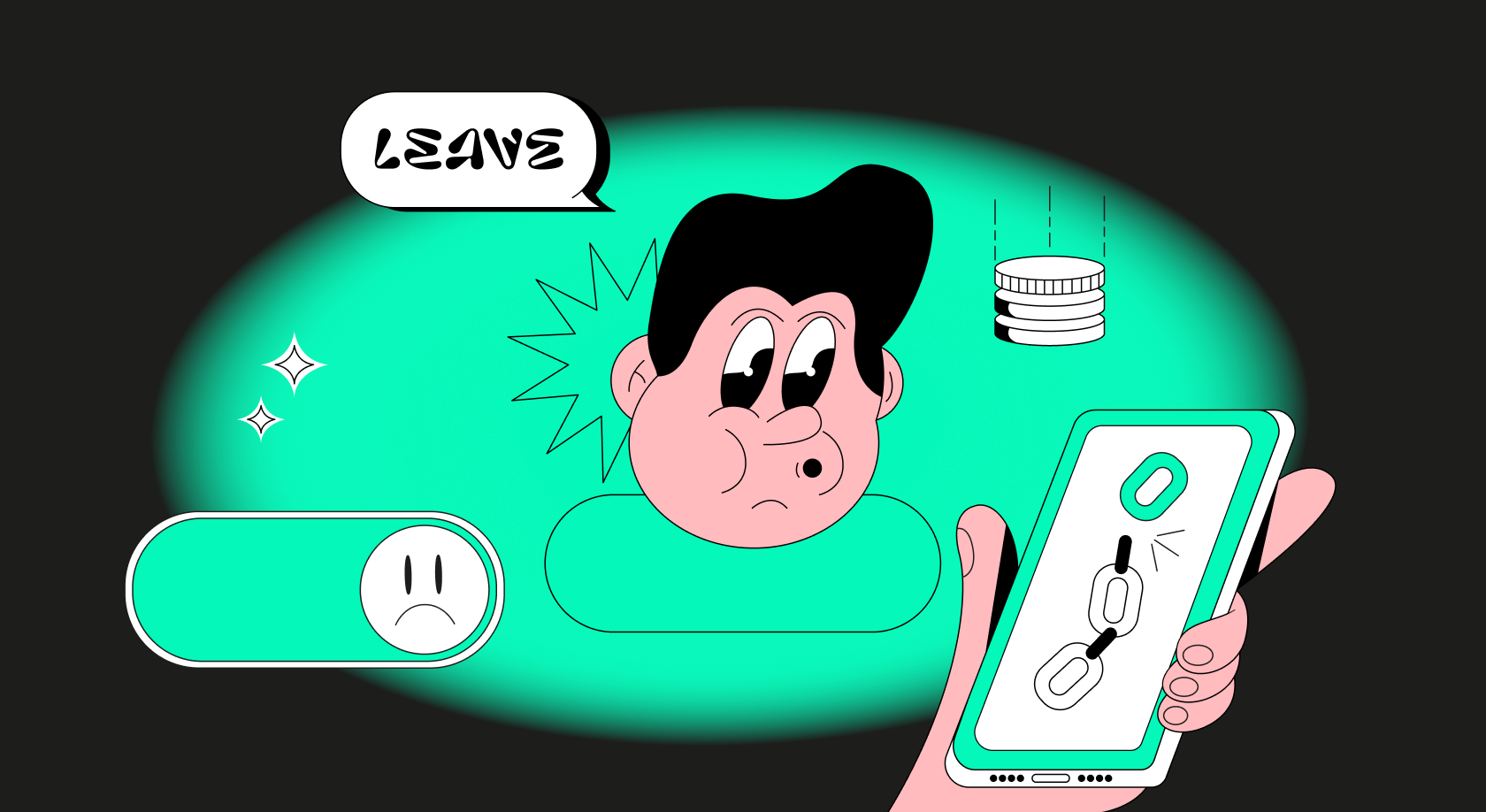When talking any business, loyal relationships translate into cost savings. Retaining customers is cheaper than getting the new ones: researchers from Bain claim that a 5% increase in customer retention produces more than a 25% increase in profit.
For SaaS, churn remains the opposite of loyal relationships, referring to the number of clients who stopped using the app. Churn is inevitable in any business, although particularly noticeable in subscription-based services as it comes up in the most obvious metric of them all: the unsubscribe rate.
While there always will be some users leaving – after all, no marketing is ideal – there are ways you could identify motives behind and reverse the negative trend.
#1. Your customers fail to onboard
Onboarding is a make or break time for new users. If everything goes smoothly and the customer realises the value of your product, the initial honeymoon period will follow. However, even most of us here experienced friction when using a new app for the first time.
Onboarding is about welcoming a new customer to your brand, establishing a good relationship with them, and helping them understand the product so they can see the value of their purchase.
If initial steps within the app are confusing, your targeted users will not be convinced they need the product.
First, you need to identify the source of the struggle by gathering stats where your users leave most often. You don’t know where – you can’t take action. Collecting the data remains an essential part of making the first steps to tackle flawed onboarding.
Only after that, you might be able to distinguish noticeable patterns, like lack of sufficient training or overextended onboarding process. Maybe users exit because of seamy transitions, or maybe some cohorts don’t find their unique goal completion promises fast enough and, not receiving quick time-to-value, leave. Underutilized features could also be the repercussion of unsuccessful onboarding, which could turn users onto the competitors and, inevitably, churn.
There is only one way to make sure that your onboarding works: to collect customer feedback and to use A/B testing. Your assumptions aren’t necessarily legit, and taking data-driven decision-making almost always is the way forward.
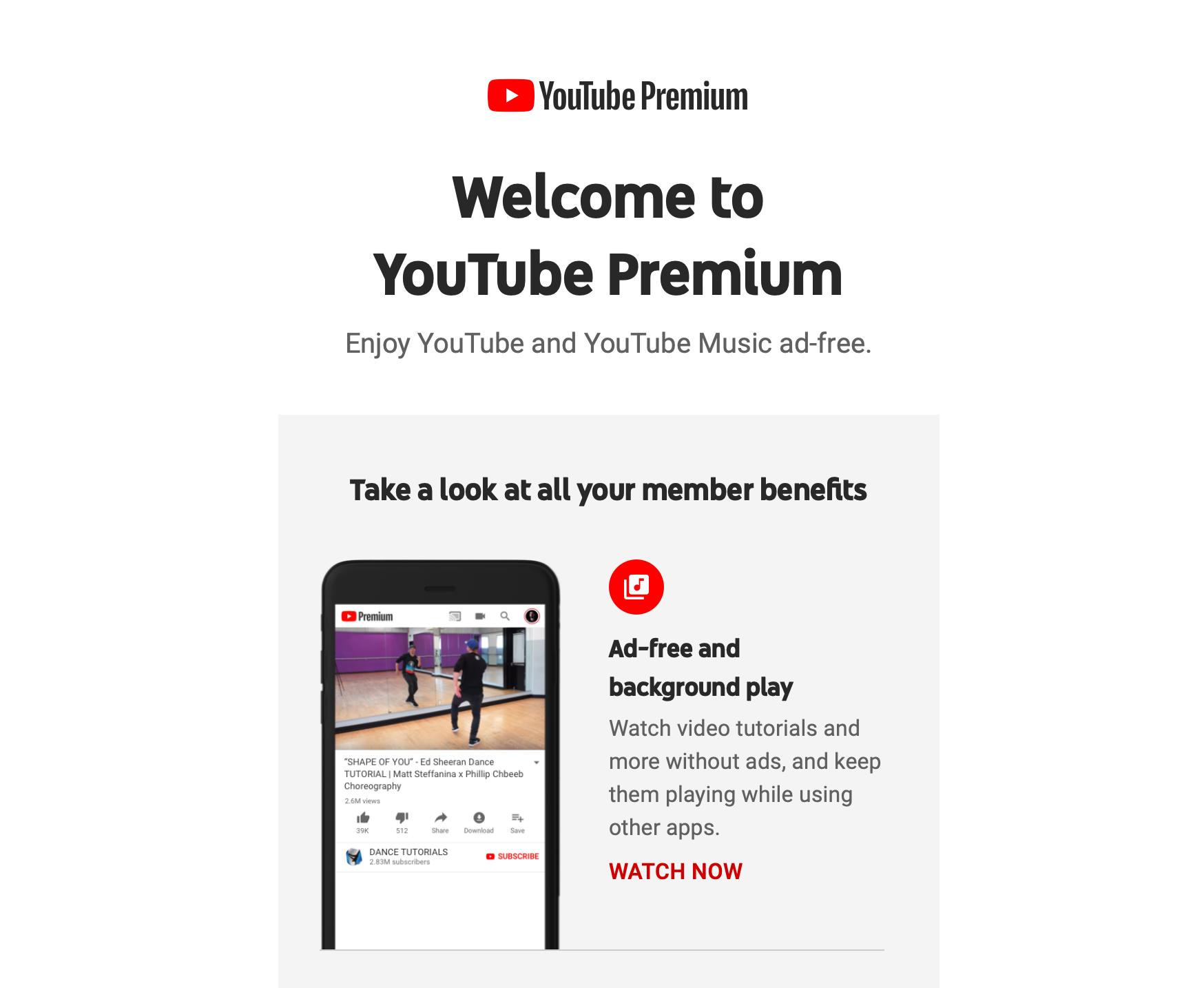
First steps to improve flawed onboarding
- Make an initial roadmap for your new customers in a welcome email or inside the app. Starting with a product can be overwhelming, while a neatly paced guide could be of immense help.
- Notify about major new features to increase the possible end-value for the customer. Of course, this doesn’t mean every update requires the user’s attention.
- Ask for feedback, but don’t cross the threshold. Only five push notifications a day can be more irritating than constant requests to leave a review. Also, consider some rewards.
Customer onboarding process is one of the best places to overturn churn, being responsible for more than 20% of attrition in SaaS. Onboarding is your opportunity to get customers familiar with your service and excited about your potential to help them.
#2. Your assumptions aren’t backed with numbers
Without data, you’re just another person with an opinion – while not exactly novel, this quote by W. Edwards Deming is still only getting its relevance. Surprisingly, integrating subscription for an iOS app remains a murky matter with a bunch of blind spots.
From our experience, not only do you need to adapt a client to work with it, but also you have to create a server for handling Apple events: without the latter, you won’t know about renewals or cancels. There are also key metrics like sale funnel, frequency of events, session length, exit rate, subscription auto-renewal, average per paying user, and others that are often missing from the standard analytic systems.
Churn is a lagging indicator. If it is your only measure of customer happiness, then you’re six to eight months too late to influence your future.
Listen more than you speak. Understanding who your user is, what they want from your app, and how they differ is essential for creating effective retention campaigns. After measuring user engagement meaningfully, there are a number of ways to get your customers back in the app, with one of the major being push notifications.
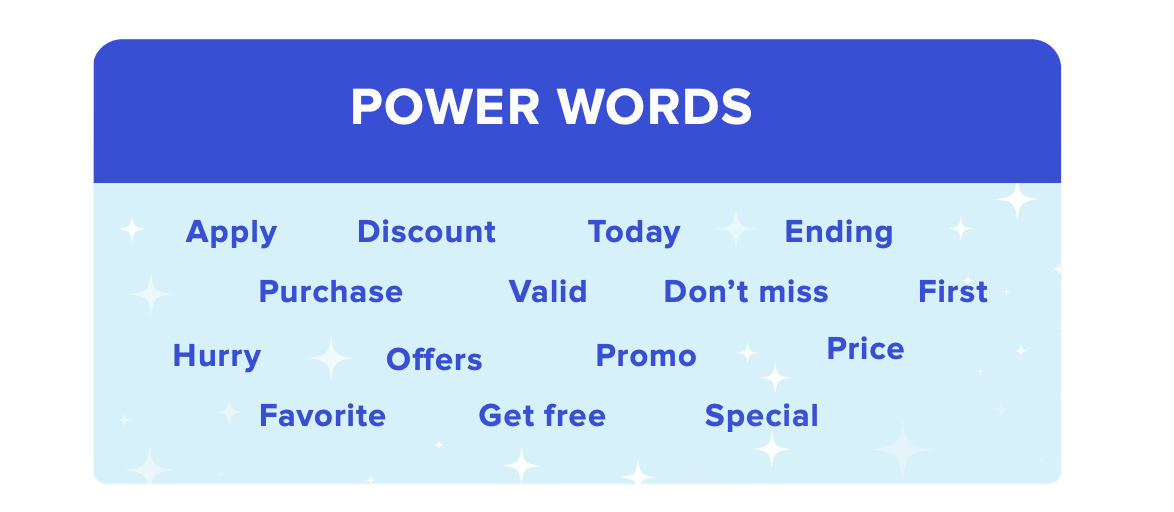
Average US customer receives around 46 push notifications per day, so be conscious about dosages. According to CleverTap, simply adding a user’s name to a push had a less than 1% impact on engagement rates in 2019 compared with 9% CTR in 2018. However, including emoji still presents a viable solution, with an average 9.6% improvement in CTR.
Send too many, and it runs the risk of crossing the line into spam. This is especially relevant with SaaS, with CTR decreasing steadily after just two notifications per day.
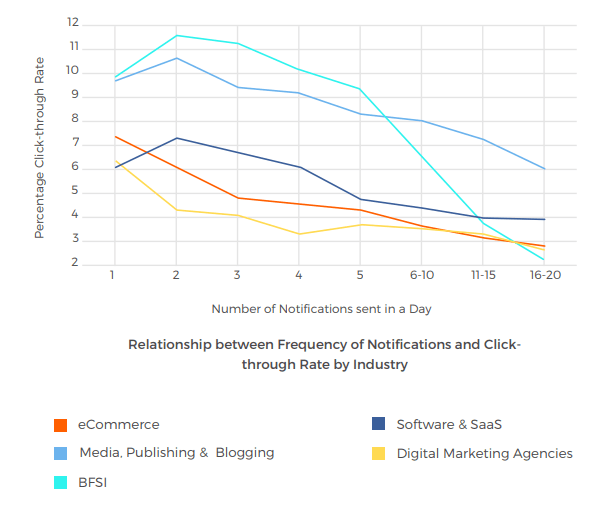
Of course, push notifications is not the only way. You can also encourage your users to engage with your membership by sending relevant content in a series of personalized emails, as Google Local Guides program does with elements of gamification, motivating to continue in order to obtain the next level.

Of course, the email includes call-to-action (CTA) buttons in order to share the achievement. In other examples, the service will replace them with buttons that draw the recipient back to using the service.
All in all, the magic formula remains clear. Pay attention to what users are doing in your app. Take notes. Launch personalized campaigns. Track the responses. Start all over again.
#3. Your failures are not converted into loyalty
Fiasco happen. It’s how you deal with those problems which set one business apart from another. You can admit your faults, make efforts to resolve issues, and offer compensation, but you can also do all that and gain more trust from the affected customers.
An emergency for your business creates a vacuum, where neither you nor your customer doesn’t really know what happens next. At the same time, it also provides a number of new possible touchpoints for your customer and, therefore, a number of possibilities.
To keep your customers and, potentially, improve their brand loyalty requires excellent customer support service. Businesses lose $75 billion per year due to poor engagements between customers and staff, and you have to be better than that. One-third of Americans say they’ll consider switching companies after just a single instance of poor service, with 70% of consumers spending more money to do business with a company that delivers great support.
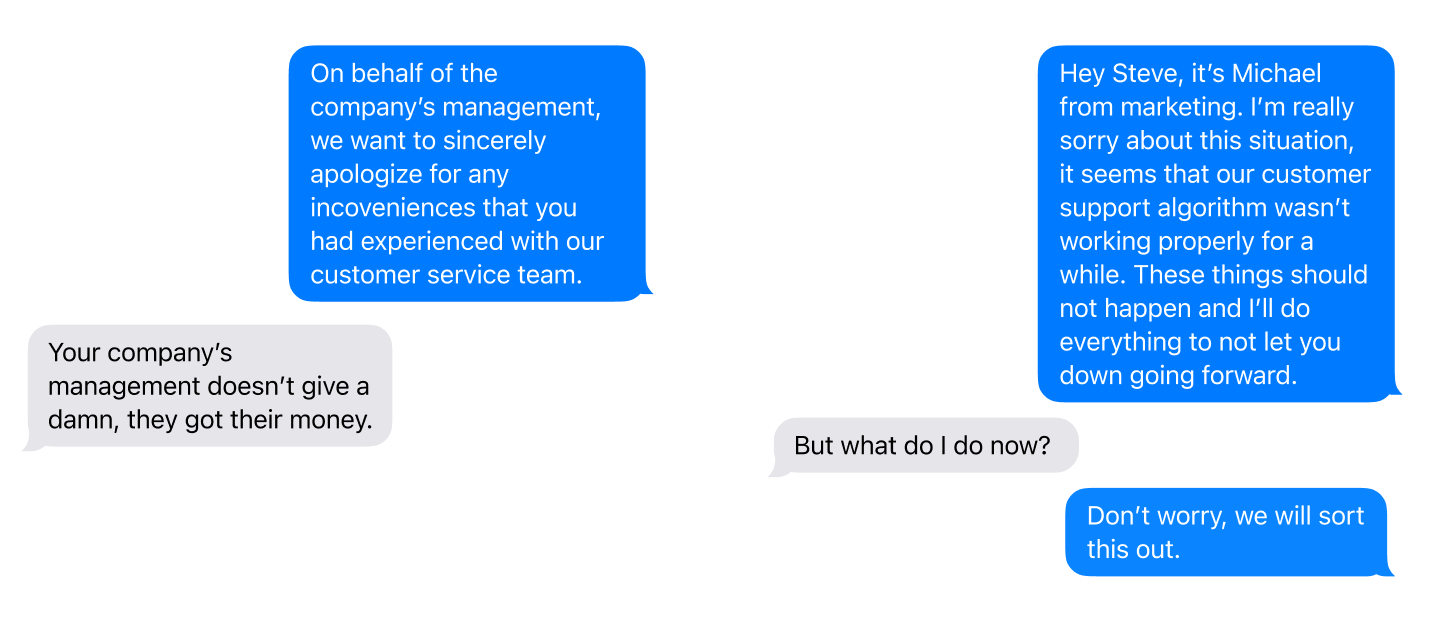
While some scholars claim that investments in a better error-free service may yield much higher returns than investments in a service recovery program, maintaining perfectly stable service remains mostly a dream. Therefore, raising the bar on your customer service seems quite fruitful.
Once again, no one can completely eradicate churn, and it hardly should be something to strive for – after all, acquisition marketing is still a thing. However, analysing your user engagement with meaningful metrics, collecting feedback, conducting tests, and reacting correspondingly should help to reduce it significantly.
